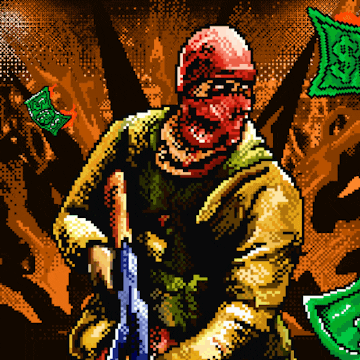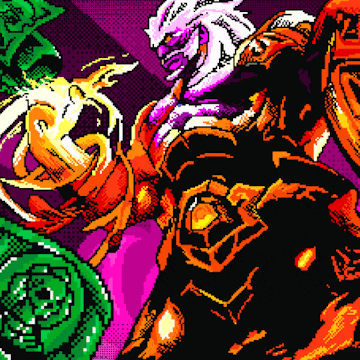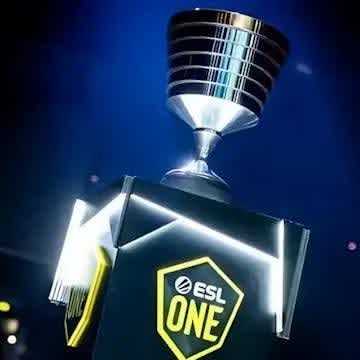CS:GO needs no TI, but best-of-ones don’t belong to a Major
As we head into the playoff of the final CS:GO Major, many of the top teams have fallen by the wayside, and some of the greatest players of the game are missing out on the adulation of the crowd. There’s a discussion to be had about why only one of the Rio playoff teams (Heroic) made it to the top eight this time and whether the ever-closing tier-one circuit does a disservice to competition, but there’s a bigger issue at play here: the biggest events, the great celebrations of competitive Counter-Strike, only offer four maps’ worth of action at minimum to those who manage to qualify.
A messy Major
Let’s get this out of the way first, though: this is not going to be a parade of complaints about flukey best-of-one results and a discussion of who may or may not have deserved to make it to the Accor Arena. As someone who sees Kraków and Boston as the worst Majors in CS:GO history, I’m actually a lot more positive about the action so far in Paris.
Be it FURIA’s identity crisis, NAVI’s tilt issues, G2’s stars shitting the bed on decider maps or NIP’s continued chokes, the Legends Stage simply showed that character is destiny and that many of the top teams are quite flawed and yet close to each other in strength. You wouldn’t expect any of these teams to make a deep run in any of the closed-circuit events, either, and they were clearly far from their best in Paris.
Still, they are not quite the same. At least fans of NAVI, G2 and NIP got to watch them play a multitude of series across the stage. However, the Brazilians cheering on FURIA were just as poorly served by the format of the event as the players they so loyally support: four maps and then de_airport was all that remained.
This is not good enough for what is meant to be the biggest global celebration of competitive Counter-Strike matches.
Why best-of-one matches need to go
There is no valid argument to suggest that best-of-one matches are better signifiers of skill or purer in a competitive sense than a longer series. They punish teams with deeper map pools, give greater room for underdogs to anti-strat, limit chances for recovery after a weak start, and even smaller elements like side selection on a map like Nuke or Anubis gain an outsized impact.
Elsewhere on the circuit, I can better understand the concerns about broadcast timeslots, logistics and finances, but for the showpiece event that’s ran with Valve’s involvement, one that serves as the biggest marketing tool for the game in conjunction with the competitive space, making room for best-of-three series is only logical.
Speaking of the developers, there have been many discussions about the differences in how they’ve been treating CS and Dota and the reasons why teams and players themselves opted against the ultra-top-heavy tournament structure with The International.
However, consider that even the worst-performing teams that don’t make it to the arena have the opportunity to showcase their skills across a massive double round-robin group stage at TI, a segment that only eliminates a handful of teams and otherwise only serves to seed the majority of the field for the playoffs. It’s a massive culmination of a year’s worth of competitive efforts, and if you fall short, you have no excuses – but even if you do, your fans at least had many chances to cheer you on.
We’ve seen tournaments like this before, too, in CS:GO: the StarSeries tournaments have always brought deep and thorough brackets that featured best-of-three matches throughout the group stage, be it GSL-style or Swiss.
It didn’t preclude upset runs and wins: in Season 4, the chrisJ-ropz-STYKO-oskar-sunNy lineup under the Mousesports banner won the entire event, and the then-NRG squad that would briefly peak as EG made it all the way to the semis, later winning Season 8 outright. However, even fans of the underperforming sides got to watch at least three full series of CS from their favorites.
Much like the World Cup in football, the Major is already sacrificing a bit of competitive purity for global representation – which is fine. However, issues with the RMR format and the current Swiss cheese of a mess are well-documented and long-argued by many. FaZe versus NAVI should never have been a Legends stage decider, no matter the form or the format.






